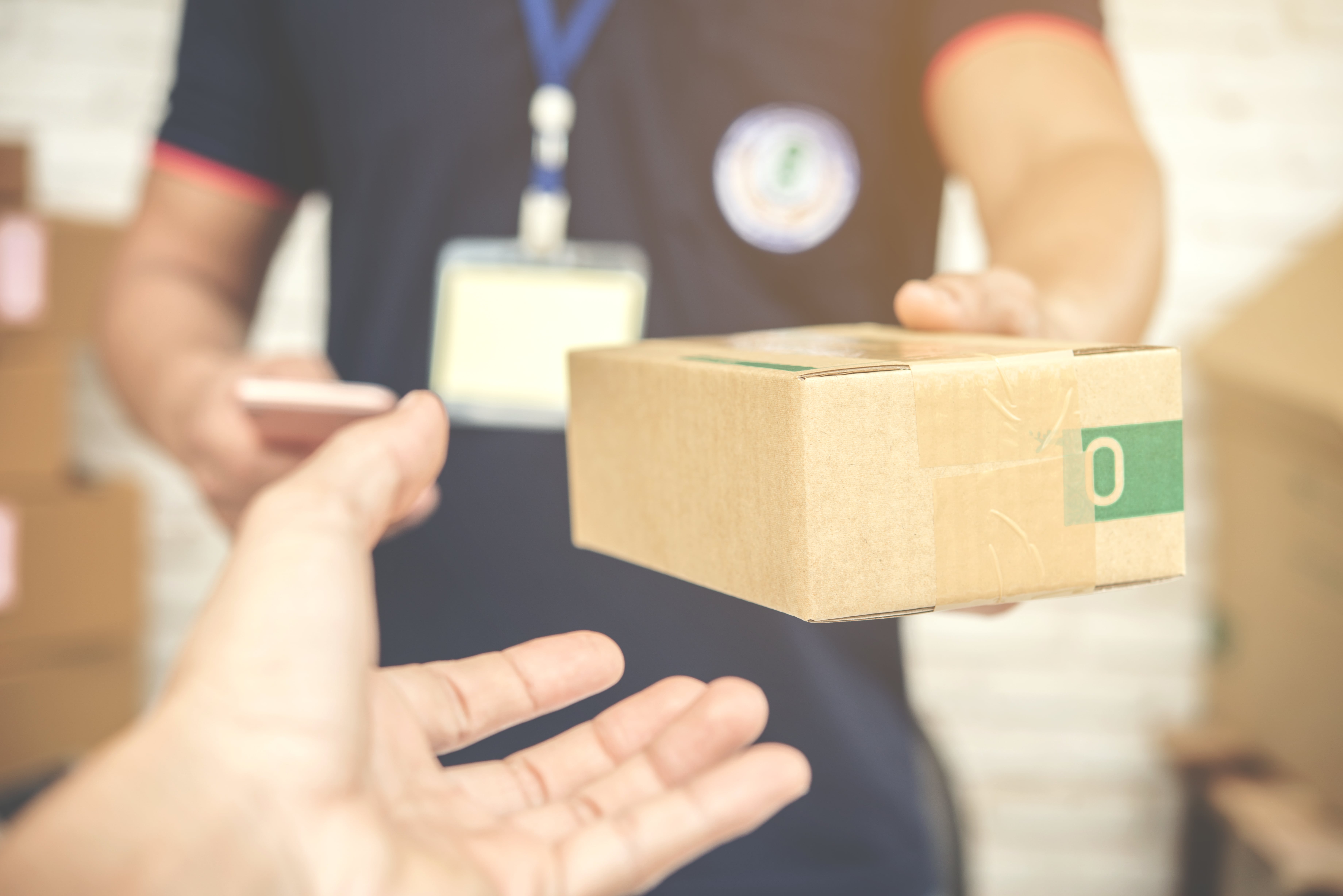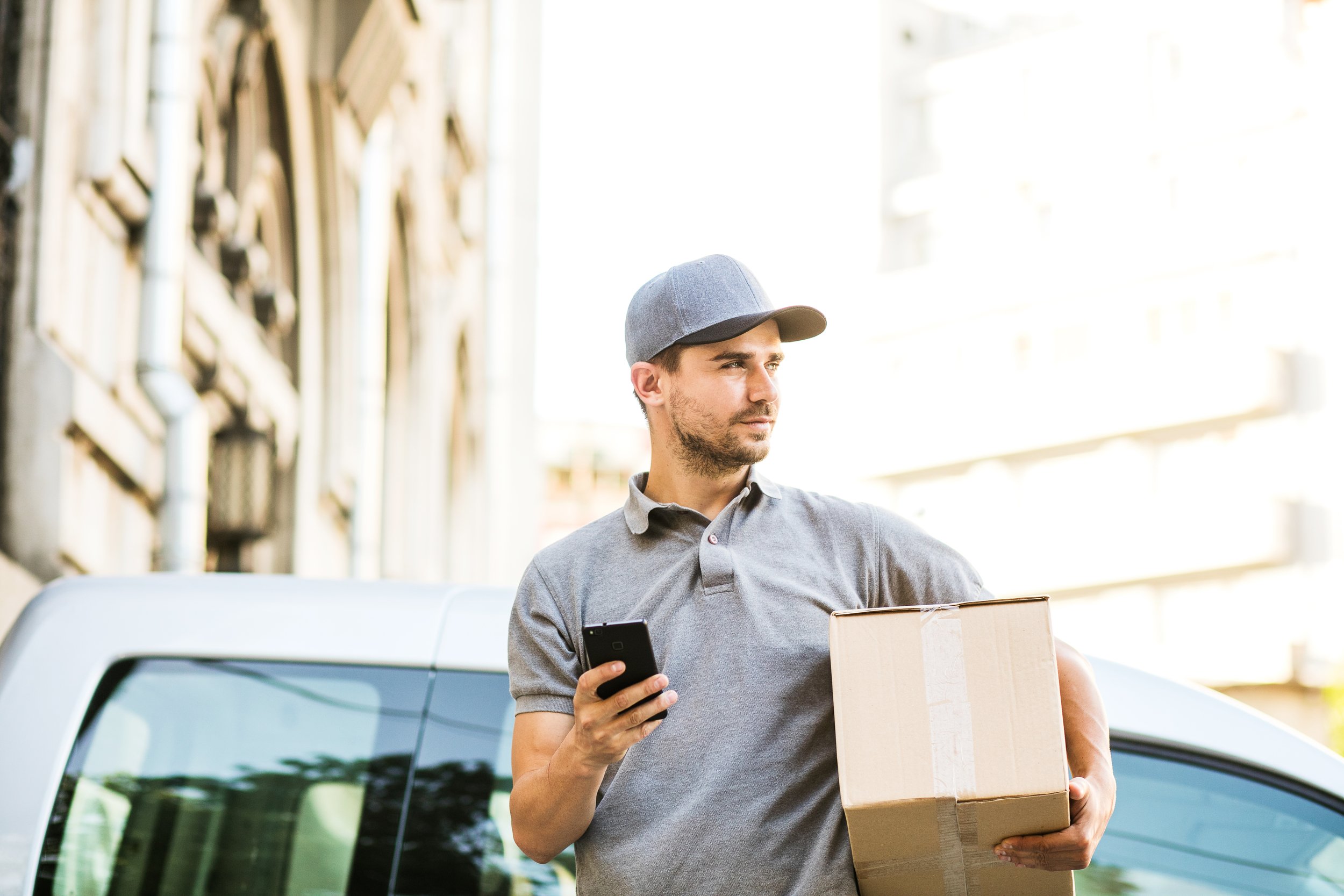
In our latest blog we zoomed in on the possible solutions for those challenges and the benefits it’ll bring. But before looking at possible solutions, it is necessary to consider the benefits for the ‘last mile’ that the various stakeholders are hoping to achieve. This blogpost contains an overall conclusion of the past articles about the last mile delivery. Based on the conclusions we’ll give some recommendations.
Obviously recipients want to have both convenience and choice regarding delivery of their orders. The shipment must arrive at the right location at the right time. Other expectations regarded as ‘normal’ are speed, service and reliable order processing. However, recipients are often unaware of the delivery costs. And they demand ‘greener’ solutions, while their own return behavior is in conflict with this demand. E-commerce continues to grow In the Netherlands, with turnover having doubled constantly in recent years. The worldwide COVID-19 crisis, and the resulting wish to avoid physical contact during purchases, will probably further enhance this development. In addition, the importance of sustainability and lower CO2 emissions is becoming more important.
With respect to interaction in the delivery process we can reach the following conclusions: Most recipients prefer to have parcels delivered to their home. Recipients do not like having to keep in mind delivery times, in particular when no exact ETA is available. The main challenge for the supply side is that frequently there is nobody at home to receive the shipment. In addition, senders must adjust to the changing customer demand. This concerns aspects such as same-day delivery, delayed deliveries, alternative locations, customer-oriented return processes for shipments, and just-in-time deliveries to service engineers and construction sites. There are also experiments with home-delivery for consumers and self-service lockers.
Challenges for sender
Recipients demand quick, correct and affordable delivery. In addition, recipients want to be able to influence the delivery process via easy interaction, and real-time insight into the status of their shipments. The above needs are currently not, or only partially met. The main problems are high delivery prices, unavailability of same-day delivery, delivery errors, and late deliveries.
On the side of the sender, there are challenges related to general costs (delivery errors, administration and communication costs), costs related to the service (possible claims and customer satisfaction), and costs related to the process (lack of up-to-date status information for shipments and ETA). This leads to recovery costs, extra labor costs, purchase of extra packaging material, and unnecessary vehicle movements. Furthermore, customers may be dissatisfied and may, therefore, switch to other service providers.
There are significant benefits if the delivery operation and processes are well organized: The organization will be able to adhere better to the SLAs, and it can achieve savings by avoiding unnecessary communications and administration, higher KPIs, and higher levels of customer satisfaction. The customer service department has direct insight into the status of shipments and drivers. The ETA is far more precise, leading to a higher success rate for the first delivery attempt. This causes the customer expectations to be surpassed, while at the same time sufficient margin per shipment is realized.
Track and Trace
The above results are achieved if there is direct insight into the distribution process. Data that is proof of delivery and tracking data are of high value in case of a late delivery or if a shipment has gone missing. User-friendly track & trace systems contribute to realizing the benefits mentioned above.
The conclusion can be drawn that (online) retainers, wholesalers and logistics service providers must consider various aspects if they want to surpass the overall expectations of the recipients in the ‘last mile’. Having an adequate process for the ‘last mile’ is currently a crucial aspect of the organization, which allows guaranteeing unique and excellent service delivery, and ultimately leads to an increase in customer loyalty.
Last mile delivery recommendations
We conclude with a number of recommendations. First of all, there are slight differences between markets and organization types, and it is necessary to assess which aspects of the service delivery need to be focused on. For example, an online retailer will regard the customer experience and ease of use as more important to encourage repeat purchases and to attract new customers, while a wholesaler will consider the same aspects, but will primarily look at the cost savings that can be achieved by using a paperless process. Mapping out the wishes and relevant aspects is a good first step towards the correct solution.
The logistics processes, the expected customer experience, and the desired interaction for the ‘last mile’ can be mapped. The next step is defining the correct business case that outlines which cost savings are possible and how the service delivery can be optimized. The right ICT systems can contribute to the business case in terms of increased efficiency and transparency.
Because of the wide availability of systems and suppliers that are active in the various process components with blurring demarcations of scope, selecting the right system is not easy. Risks can be avoided by considering what is really necessary in order to achieve maximum result with a minimum scope. Parties with experience in track & trace systems can offer advice on this subject.
Related products
-

MobileNXT, for an efficient and effective mobile workforce
Read moreGive field service engineers, logistic assistants, couriers, drivers, and inspectors ‘an office in their pocket’.
